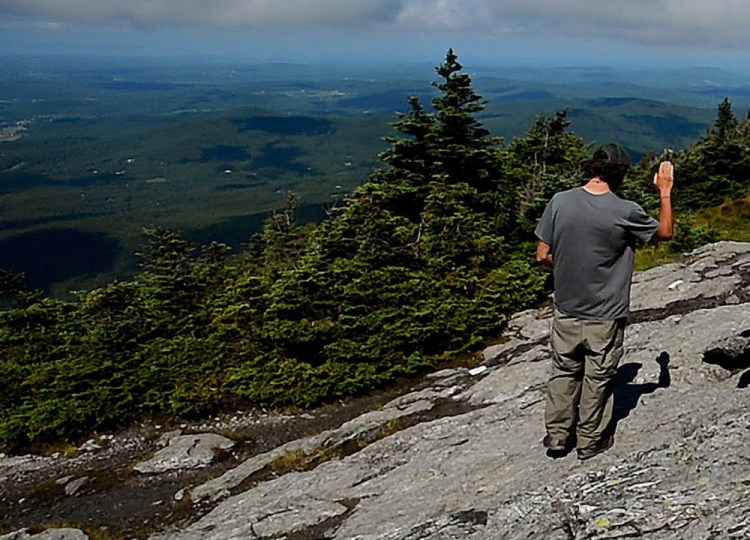BURLINGTON, Vt. — If you’ve stood on the summit of any Vermont mountain, you’ve likely stood on the remains of someone’s loved one.
“It’s everywhere up there,” Adam Joseph of the Green Mountain Club said last week about ashes on Camels Hump, while pointing out a pile of ashes on Mount Mansfield.
Cremation rates are on the rise across the U.S., and Vermont has long been ahead of national trends. In 2016, the national cremation rate was 50.1 percent – in Vermont, it was nearly 70 percent.
With an increasing number of people choosing cremation comes the question of where to dispose of the ashes; for many, the choice is somewhere in Vermont’s outdoors.
On privately owned land, it’s up to the discretion of the landowner to allow or ban the scattering of ashes. But in public spaces, like Camels Hump State Park, there are no stated restrictions or clear studies of environmental impact.
ENVIRONMENTAL IMPACT?
“There are no laws or regulations against it,” Director of State Parks Craig Whipple said.
That lack of regulation or oversight on public lands regarding ash scattering makes it tricky to track the impact this has on Vermont’s land and just how much ash is being left.
Officials from the Department of Environmental Conservation, the Department of Parks, Fish and Wildlife and the Green Mountain Club did not have any information on the environmental impact of cremated remains.
According to Barbara Kemmis, executive director of the Cremation Association of North America, cremated remains aren’t damaging to most areas because they are typically over 90 percent calcium phosphate.
Ashes usually make the soil slightly more acidic, she said, which is why many people will put ashes in gardens with acidic-loving plants like roses.
However, some plants are fickle with soil composition. And depending on what is cremated with the deceased – like clothing, jewelry or the container holding the remains – other compounds like plastic can end up in the ashes.
She recommended that people check with area officials before scattering ashes to ensure that it’s allowed and won’t harm the habitat in question.
“We always advise that people ask permission,” she said. “It can be a burden on family and friends to carry out these wishes if it wasn’t researched or planned beforehand.”
Whipple said it’s not a big enough occurrence to warrant state government interference.
“I’ve never seen any place where the ash is so prevalent that it’s a problem.”
Robert Popp, the state botanist for the Department of Parks, Fish and Wildlife, agreed.
“If you took a concentrated amount and dumped it on a rare plant, then it could have an impact,” he said. “But they’re going to be spread out. The threat is pretty insignificant.”
But scattering ashes can have a lasting impact in other ways. That’s what happened when Matt Henderson and his friends left ashes on Mount Mansfield.
Henderson’s friend, Bob Koechlin, was an avid skier who fell in love with the sport in Stowe. He died four years ago.
“We came up here almost every weekend from Boston,” Henderson said. “I was living in California when he passed, and his wife contacted me because she wanted me to put his ashes in Stowe because it was such an important place for him.”
A VERY SPECIAL SPOT
The spot in Stowe they chose, in the woods of Mount Mansfield, was unknown at the time. Now, it’s a popular back country ski track named for Bob from a joke that was made while they were skiing in that area.
“He was yelling to us ‘I have to rest,’ but we all thought he was saying ‘I have a rash.’ So where we dropped his ashes is where that happened, and it’s called Bob’s Rash.”
Henderson said his deceased friend would have loved that the joke has a lasting place in Stowe skiing folklore.
Whipple said the phenomenon of leaving ashes in Vermont’s outdoor spaces just demonstrates how important these spots are to Vermonters.
Send questions/comments to the editors.


